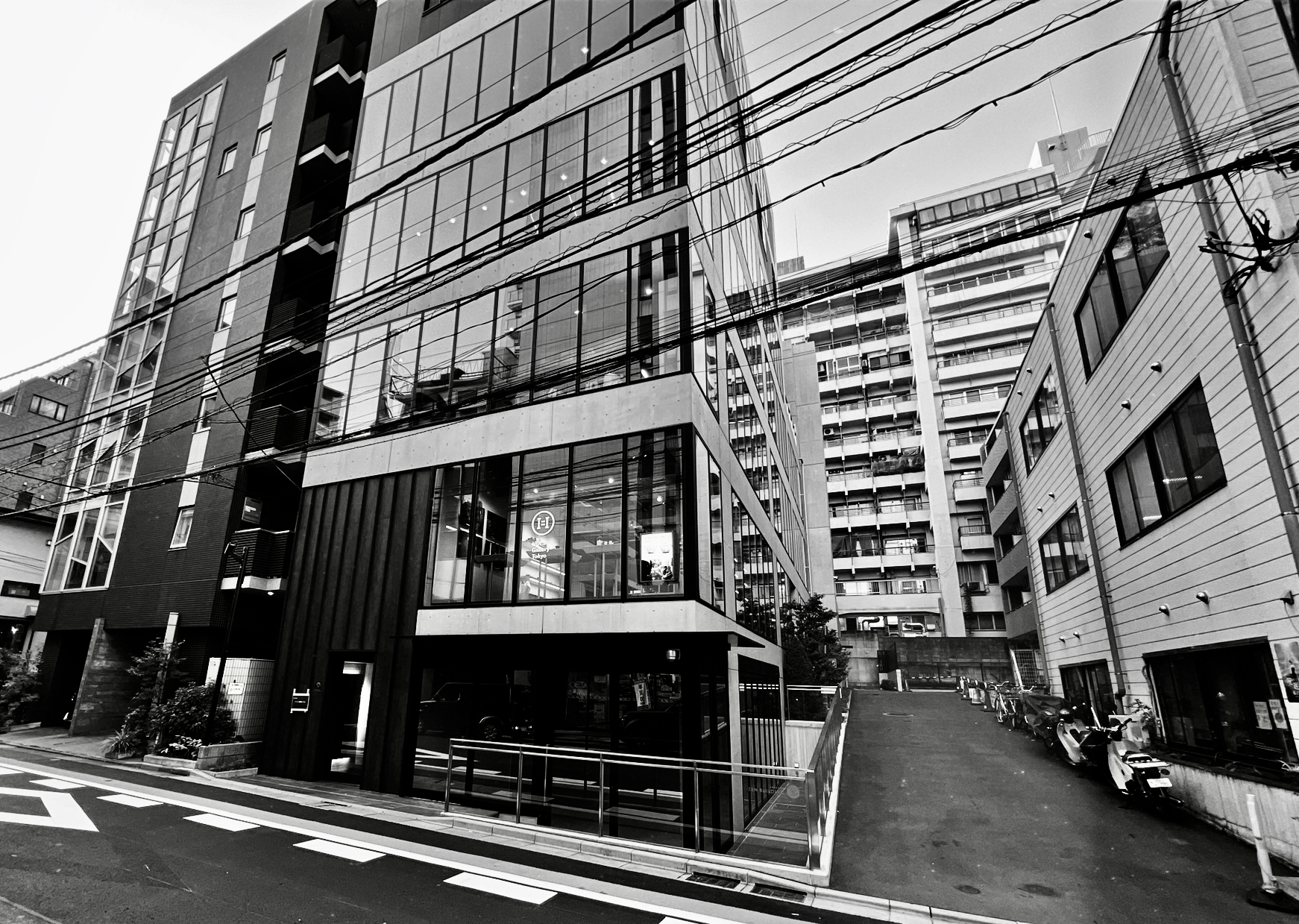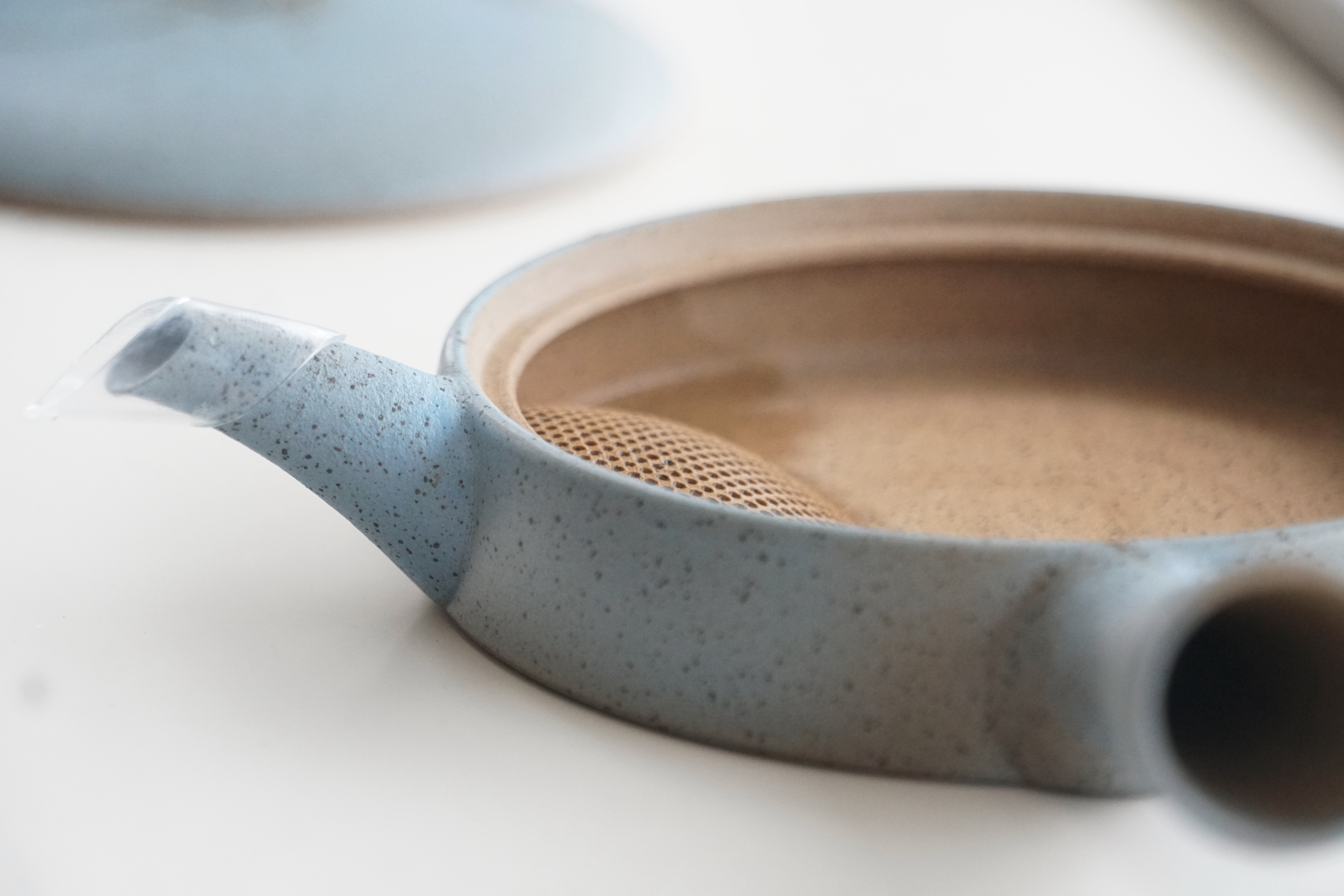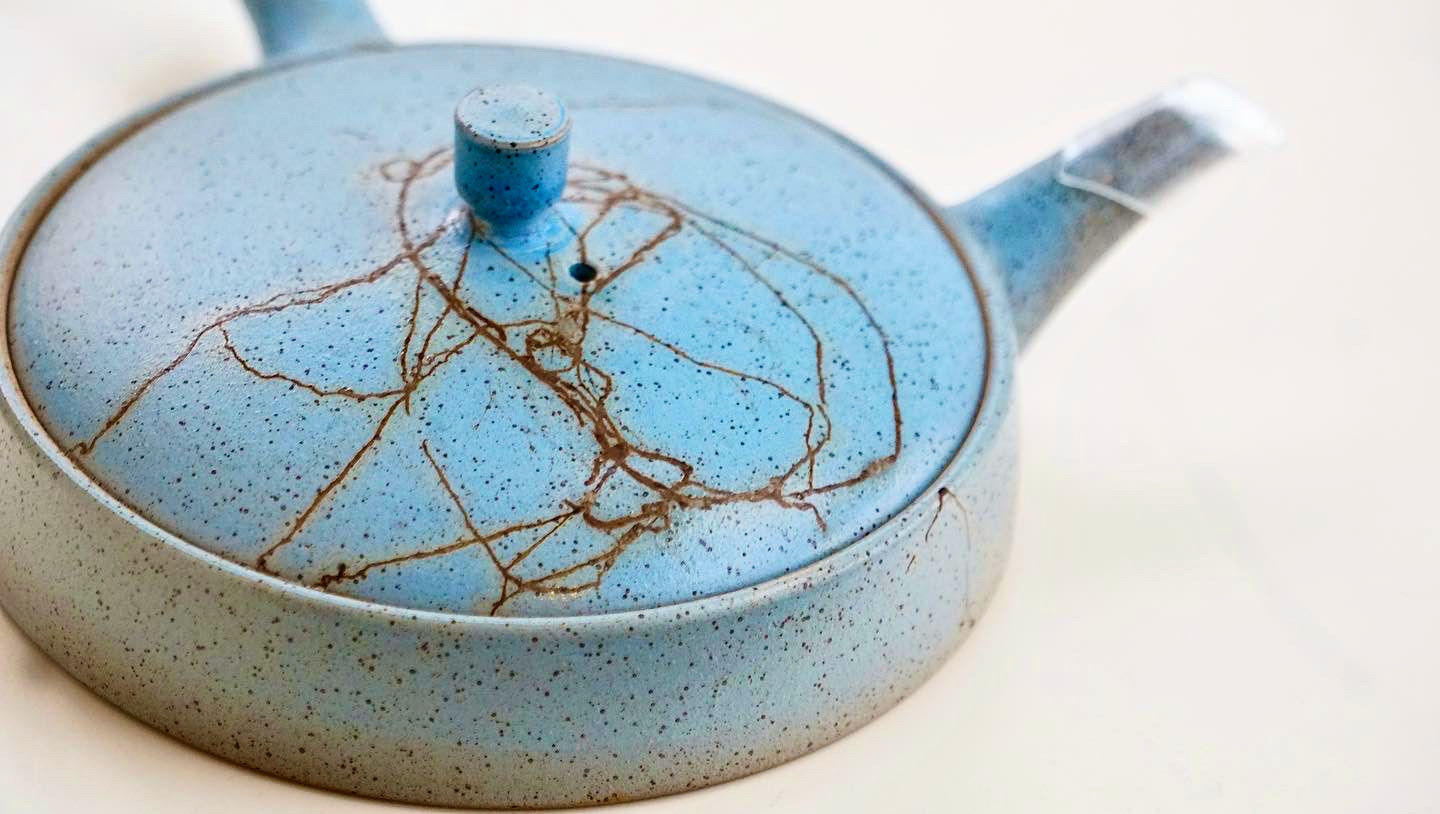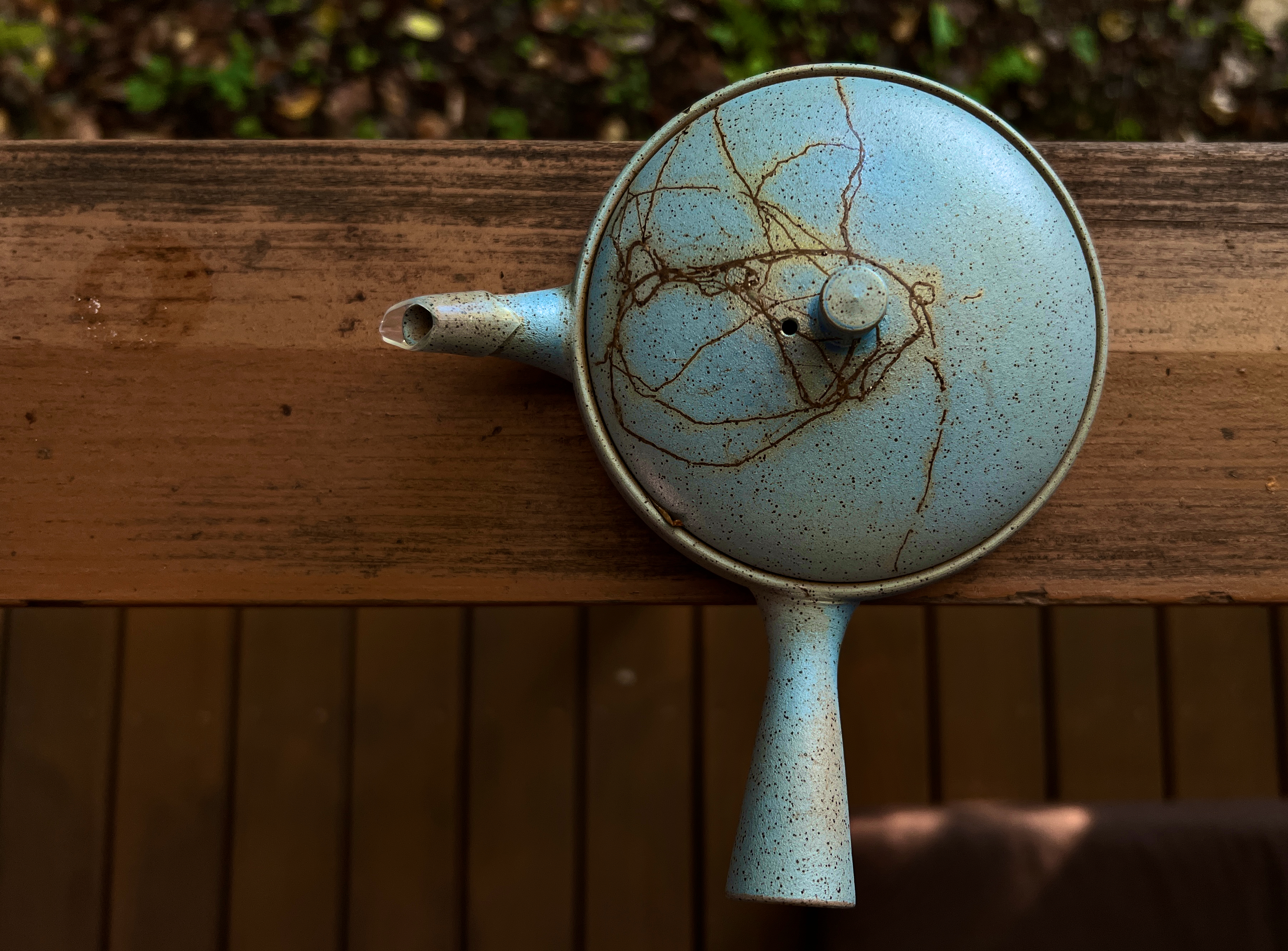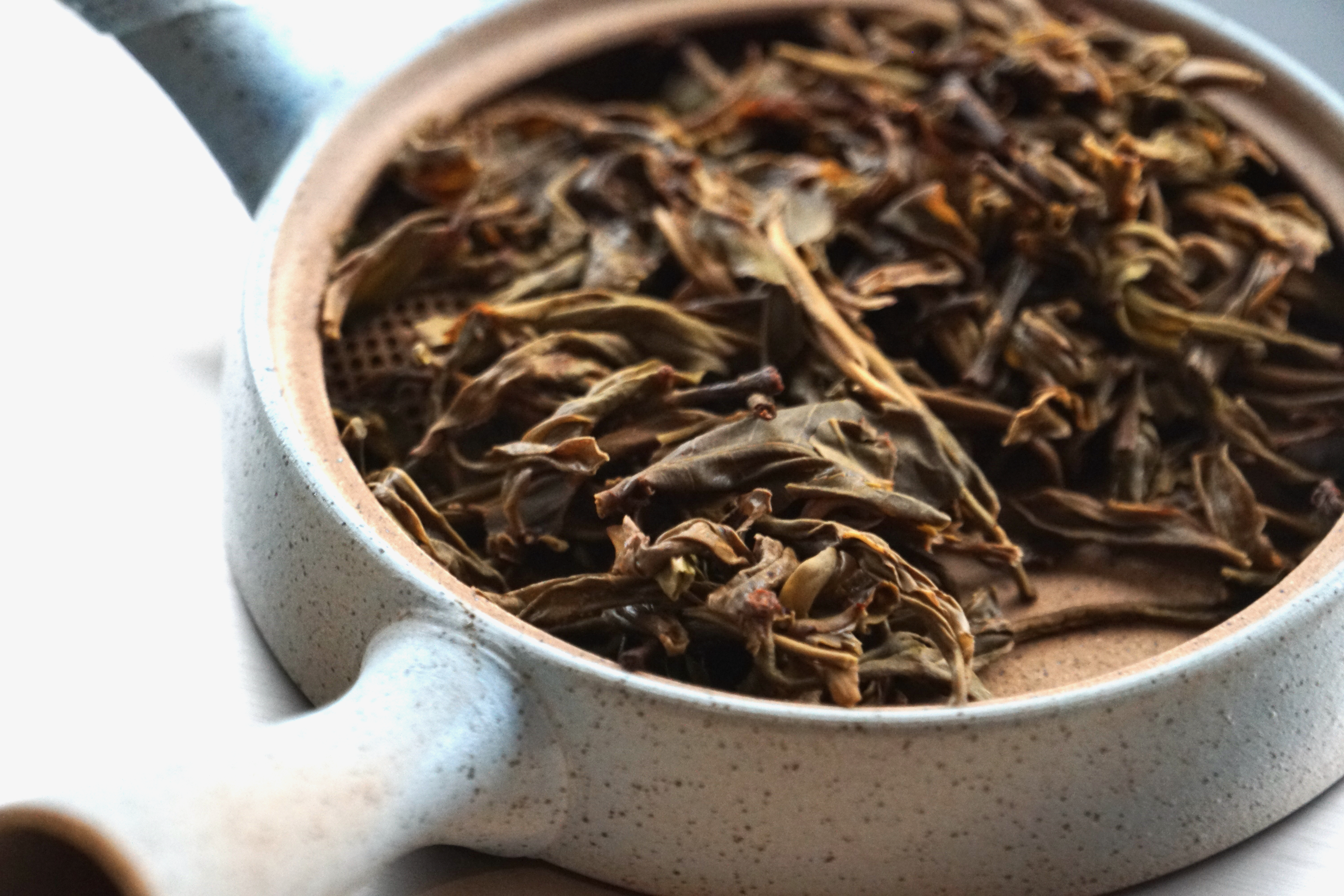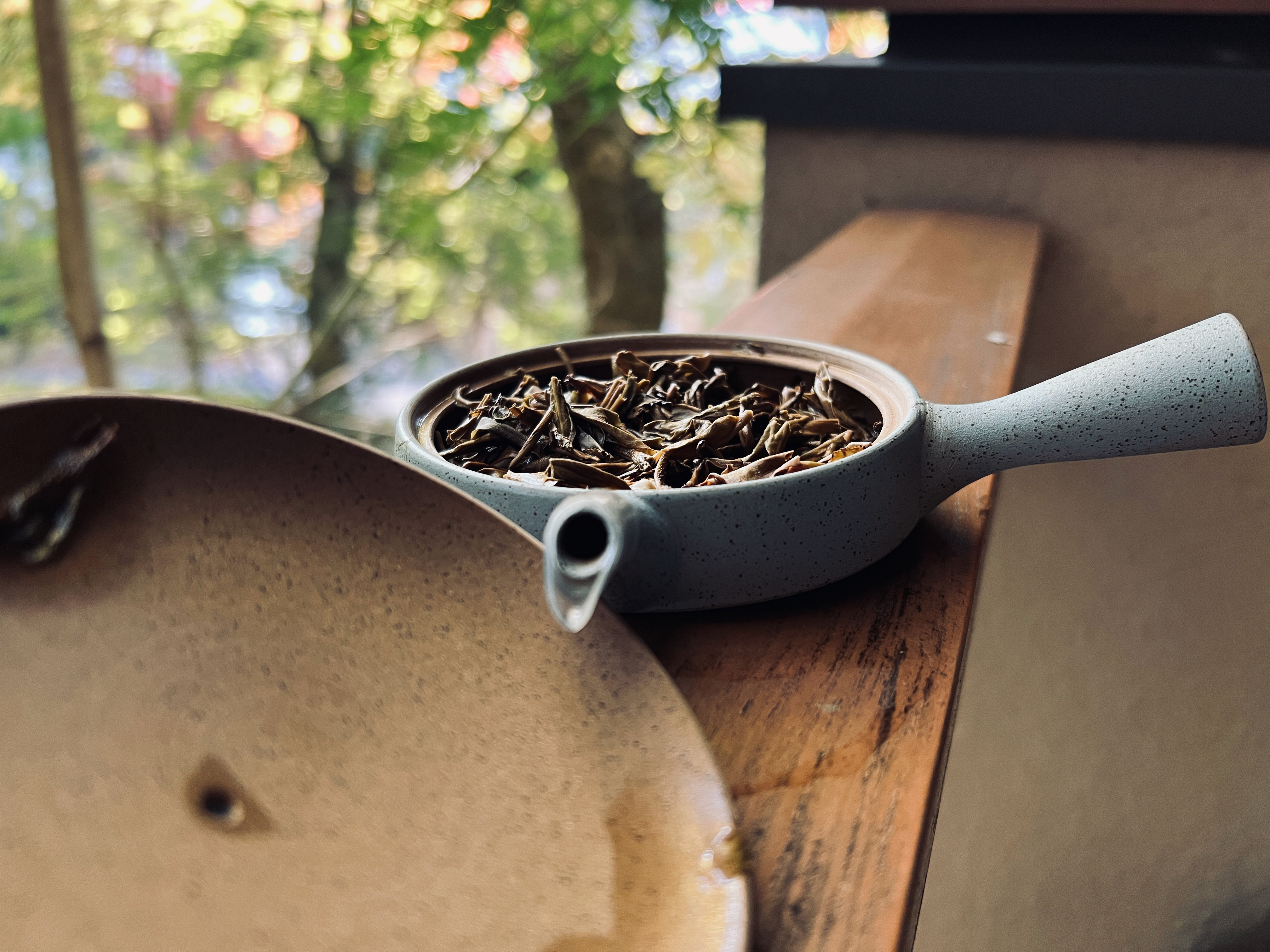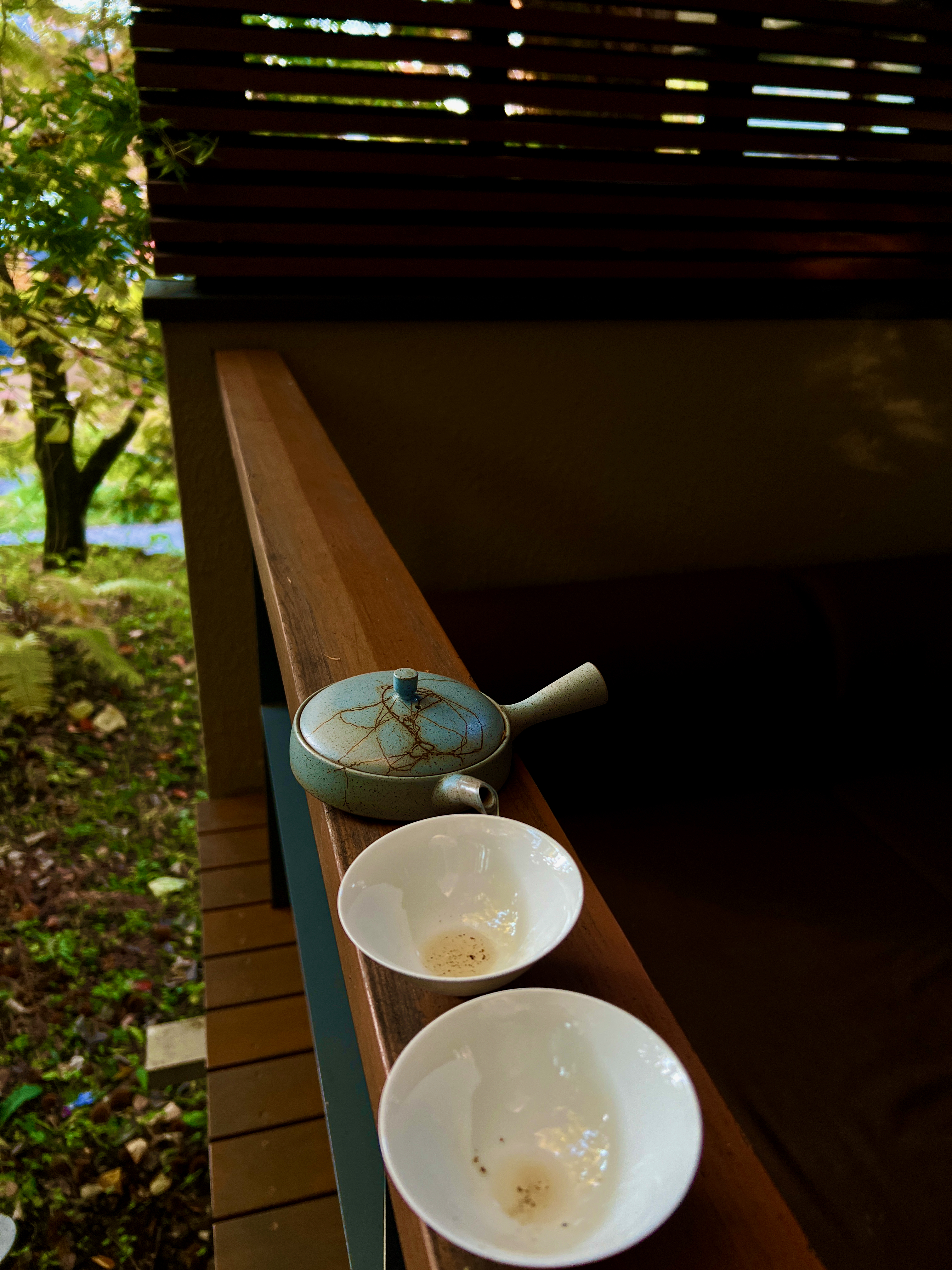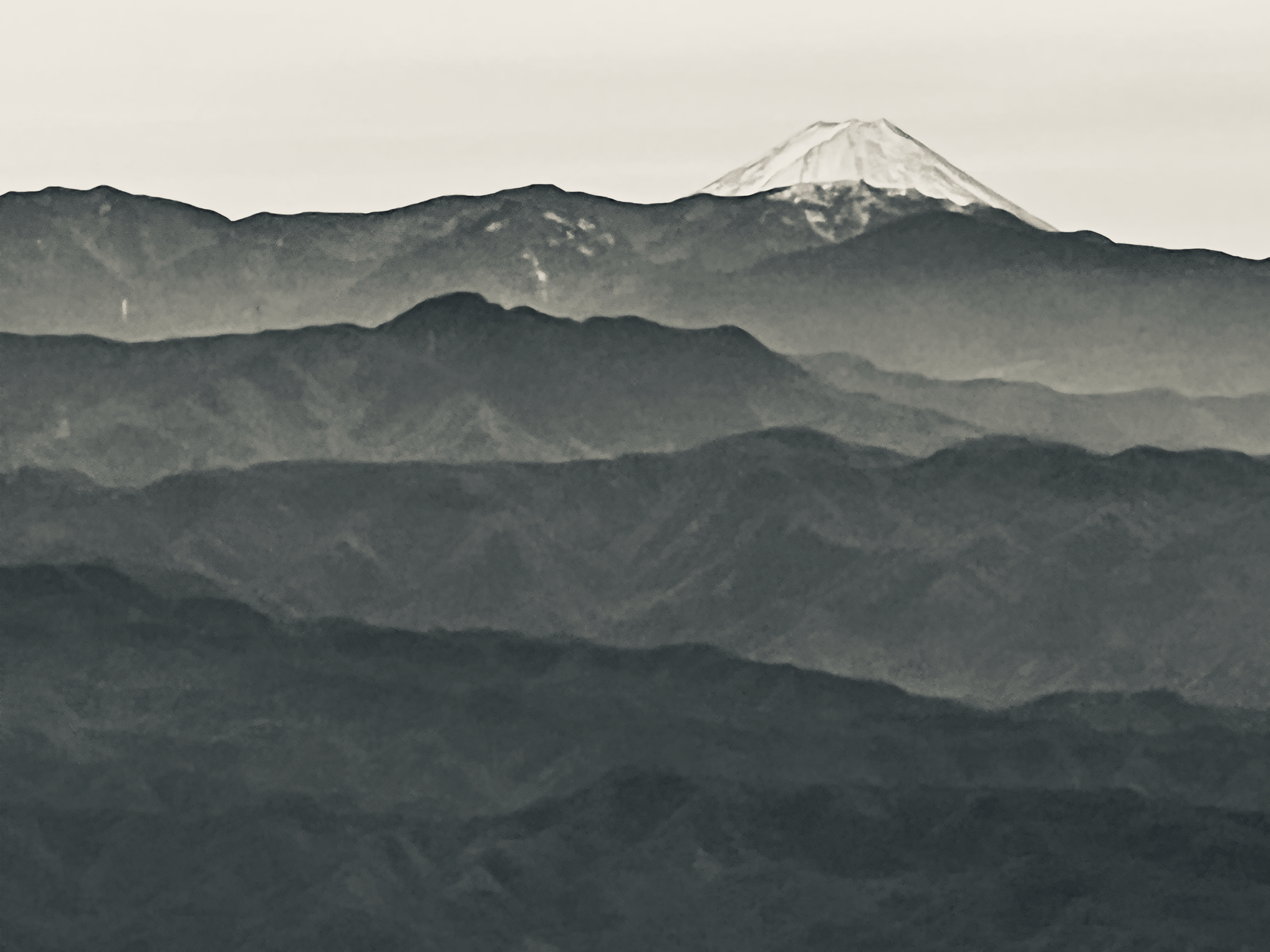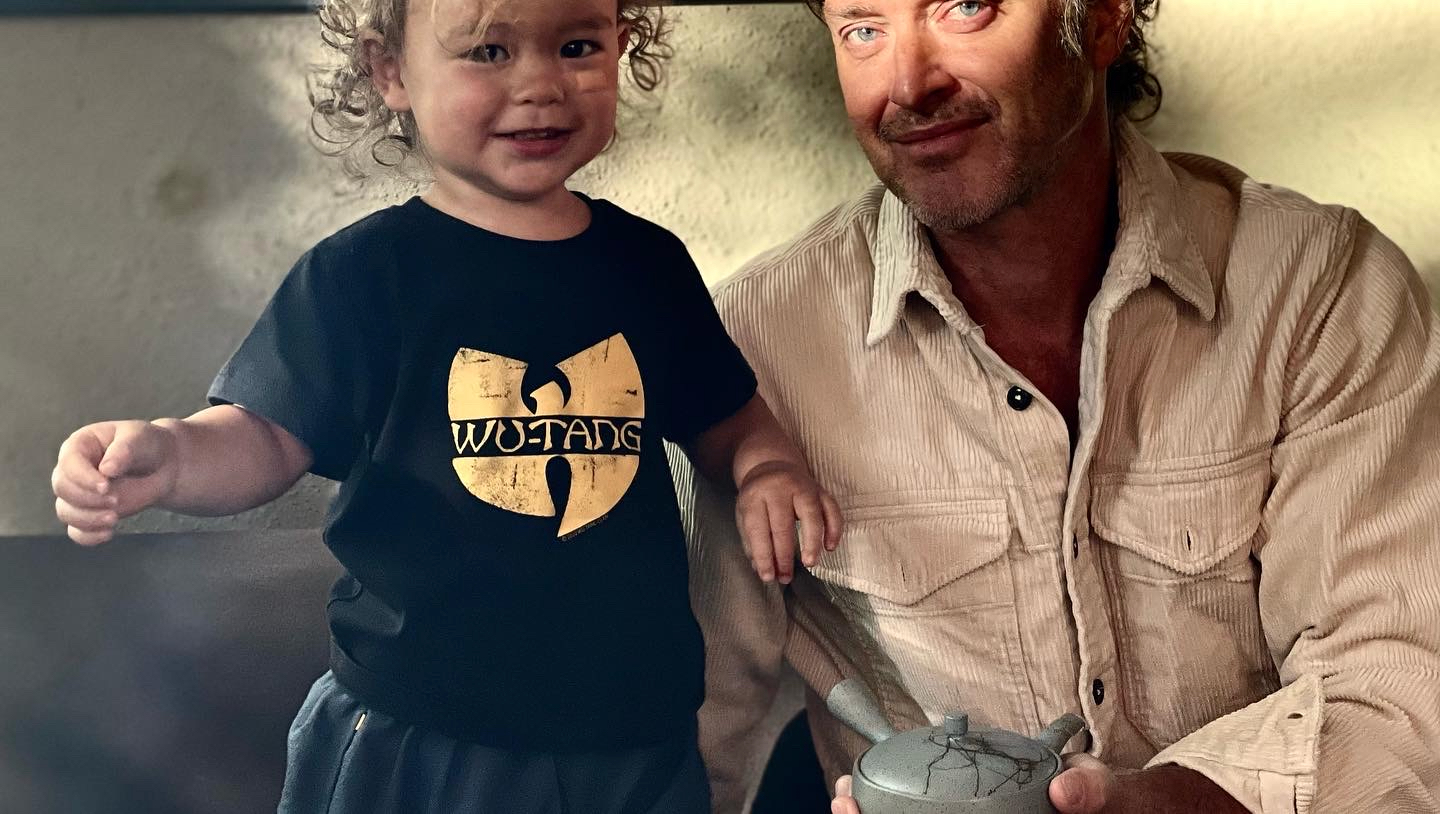First day in Japan and already a day ‘late’. A day late in meeting a man who has been crafting clay from Tokoname into tea vessels for decades. Upon arrival to Tokyo and dealing with the restless charm of jet-lag in a city like Tokyo, I found by complete chance an announcement that there had been (upon our arrival day) an in-person introduction by Seiji Ito of his new works at a small gallery in the Akasaka district. It is the first day of a nearly month long journey through Japan and it couldn’t haver started better (except of course if I had only arrived a day earlier).
Decades ago I had seen his work and and even written his name down in a small notebook of random “tea bits”. I had no access to his work those years ago. And so, his name was almost (but not entirely) forgotten and his work acquired a kind of sparkle of light in the distance…but only there in the distance, never close.
One of the historic and ‘classic’ ceramic towns of Japan, Tokoname lies upon the southeastern coast and has been long known for producing smooth and clean tea vessels. It is a considered a still-living part of history with regards to its ancient kilns is part of a very storied list of ceramic-centric centres in Japan that include Banko, Arita, Suzu, Kutani, and Bizen amongst others. For me however, it was the work of Seiji Ito which had put the town of Tokoname on a kind of mind map, rather than the other way around.
I conspire to take the walk to Huls Gallery and arrive (a day late) to gaze for the first time upon Ito-san’s work. His clays in my memory were – more than anything – vessels meant to be used rather than those meant to be gazed upon, but upon entering into the clean well lit gallery, there was one Kyusu which brought me to its side. It was a ragingly blue flat vessel with deliberate striations that mimicked kintsugi (the art of repairing pottery and ceramics). In the case of the blue Kyusu in front of me, I’m told there is an attempt to tribute the town of Tokoname’s proximity to the ocean and the Ise Bay which it sits upon…and its vital seaweed beds. The technique is called “mogake” which involves tying strands of seaweed to the exterior of the pot before firing the clay which leaves a textured and random set of curls and striations.
The flat design and unglazed interior will allow for me to do what I do with every new piece: ‘christen’ the pot with an infusion of large leaf Puerh without constricting the leaves. It is easily the most opulent piece of tea vessel that I own but it shines and gives pleasure with its seaweed tribute and sea-blue burst.
For the coming month it journeys with our little family in a box, carefully nuzzled with cloth and a light sleeve to separate lid and body. Daily, it arrives to locales that we do and is infused. This ‘journeying’ (for me at least) with a tea pot is a kind of right of passage to give the pot a memory to place and time as much as to a particular set of leaves.
The pot, leaves, and some cups join me for a little jaunt up to Mount Asama where a female deity is worshipped, and where the winds welcome…and where just over ‘there’ on the horizon, Mount Fuji hints at its supreme stature within the clouds.
It will be passed along (whether he cares or not) to my son, so I prepare little infusions for him as well, though sweat (and in one case shriek) every time he is close to the little blue gem. I keep it “up, up, and away” but he too is drawn to the blue and at all times he knows exactly where it is.
The blue kyusu remains intact for the journey, and it becomes ever so ‘tainted’ by the relentless leaves that have been within it, though my son’s interest has only increased. What point though, if that bluest of blue hasn’t charmed him just a bit?

